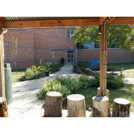
Students will use their knowledge of operations and estimation to solve real world problems.
- Subject:
- Mathematics
- Material Type:
- Lesson Plan
- Author:
- Out Teach
- Date Added:
- 07/22/2021

Students will use their knowledge of operations and estimation to solve real world problems.
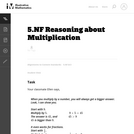
This task helps students understand that when you multiply by a number you always get a bigger number.
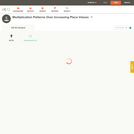
This short video and interactive assessment activity is designed to teach fifth graders about multiplication patterns over increasing place values.
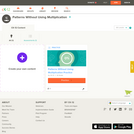
This short video and interactive assessment activity is designed to teach fourth graders about patterns without using multiplication.

This short video and interactive assessment activity is designed to teach fourth graders about express the sentence and calculate - division.
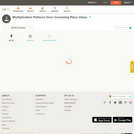
This short video and interactive assessment activity is designed to teach third graders about multiplication patterns over increasing place value.
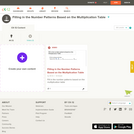
This short video and interactive assessment activity is designed to teach third graders about filling in the number patterns based on the multiplication table.
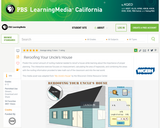
This interactive activity adapted from the Wisconsin Online Resource Center challenges you to plan, measure, and calculate the correct amount of roofing material needed to reroof a house.
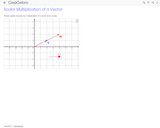
Simply shows multiplication of a vector by a scalar. Adjust he slider to adjust the multiple. Drag the point at the end of vector v to change the original vector.
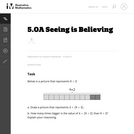
The purpose of this task is to help students see that 4_(9+2) is four times as big as (9+2). Though this task may seem very simple, it provides students and teachers with a very useful visual for interpreting an expression without evaluating it.
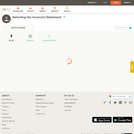
This short video and interactive assessment activity is designed to teach fourth graders about selecting the incorrect statement.

The CyberSquad must divide 35 candies evenly among seven gargoyles in this video segment from Cyberchase.
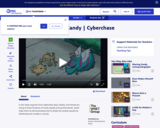
In this video segment from Cyberchase, Jackie shows Buzz, Delete and Harold how to deal out rounds (or sets) of objects to solve a problem.
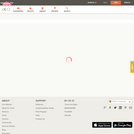
This short video and interactive assessment activity is designed to teach third graders about shortening multiplication expressions (associative property).
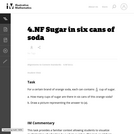
This task provides a familiar context allowing students to visualize multiplication of a fraction by a whole number. This task could form part of a very rich activity which includes studying soda can labels.
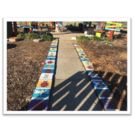
Students in this lesson will learn about, connect and apply the use of area to a real-world problem—creating a planting guide for the garden. Students will determine the square footage of the garden and use this information, along with a planting chart to create their own plan.
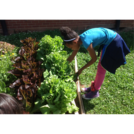
How can we use area and multiplication to measure the amount of space an area has?Students will explore the concepts of multiplication and area by measuring rectangular planting beds in the garden.
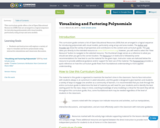
This curriculum guide offers a list of Open Educational Resources (OER) that are arranged in a logical sequence for introducing polynomials with visual models, particularly using arrays and area models.
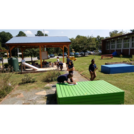
Students will observe and record real-time weather measurements. Students will summarize important information and use written communication skills to inform and report.
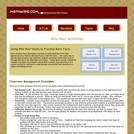
Once students have developed conceptual understanding of the basic operations they need to develop fluency with the facts. One quick way to include daily practice and motivate students to master these basic facts is through the use of the Who Has? card decks. These decks can be created for virtually any topic and frequent use as both a whole class practice or as a center activity for partners or small groups will provide facts practice in a highly-motivating format.